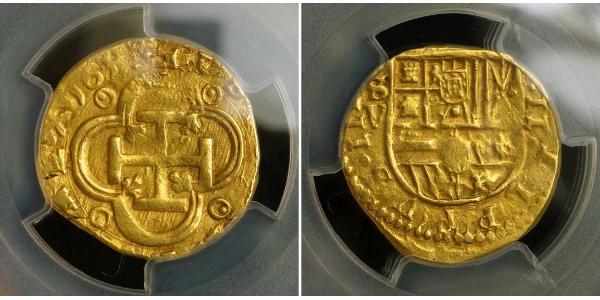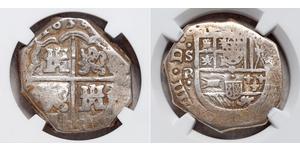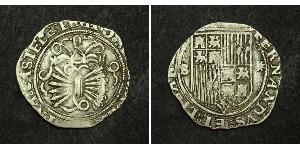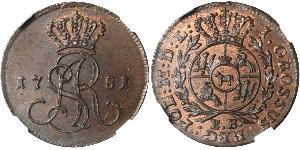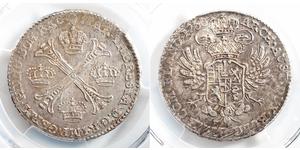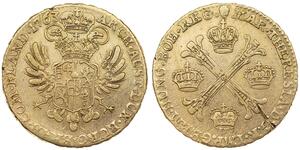1613, Spain, Philip III. Certified 2 Escudos Gold Cob Coin. PCGS VF-35. Assayer V! Assayer: V Denomination: Escudo Mint place: Seville (S)Ruler: Philip III (Felipe III) of Spain. Condition: Certified and graded by PCGS as VF-35! Mint Period: 1613-1616 (the first three digits are clearly visible, the last one appears to be a 3, but could be a 5 too!) Reference: Friedberg 189, KM-48.3 ($1500 in VF! / no valuation in XF!). RR! Material: Gold! Weight: 6.76gm Obverse: Cross potent within polylobe, without inward-facing lis-symbols. All within a beaded circle. Legend: + HISPANIARVM . REX . 161[3?] (the slab´s date information 1621-1665 is wrong as the assayer V was active during 1613-1616 only!) Reverse: Crowned spanish coat-of-arms. Value (II) in right field, mint (S) and assayer initial (V) in left field. Legend: PHILIPPVS . III . For your consideration a rare Spanish gold escudo cob coin, struck at the Seville mint under Philip III of Spain, probably during 1613 (or 1615). A beautiful, very rare 4-year assayer (V) type and a 100% authentic gold escudo cob coin! Philip III (Spanish: Felipe III; April 14, 1578 – March 31, 1621) was the King of Spain and King of Portugal and the Algarves, where he ruled as Philip II of Portugal (Portuguese: Filipe II), from 1598 until his death. His chief minister was the Duke of Lerma. Philip III married Margaret of Austria, sister of Emperor Ferdinand II, and like her husband, a member of the House of Habsburg. Born in Madrid, the son of Philip II of Spain and his fourth wife (and niece) Anna, daughter of the Emperor Maximilian II and Maria of Spain. He shared the viewpoints and beliefs of his father, including his piety, but did not inherit his industry. The diligent old king had sorrowfully confessed that God had not given him a son capable of governing his vast dominions, and that he had foreseen that Philip III would be led by his servants. This assessment ultimately proved correct. In the view of historian J. H. Elliott, his "only virtue appeared to reside in a total absence of vice". The new king put the direction of his government entirely into the hands of his favourite, the Duke of Lerma, Francisco Goméz de Sandoval y Rojas, and when he fell under the influence of Lerma's son, Cristóbal de Sandoval, the Duke of Uceda in 1618, he trusted himself and his states to the new favourite. Unlike his father, Philip was not interested in the day-to-day business of government. He spent many months each year travelling to different palaces with his court, away from the government centre. His household costs rose enormously at a time of falling income. He died at Madrid on March 31, 1621. The story told in the memoirs of the French ambassador Bassompierre, that he was killed by the heat of a brasero (a pan of hot charcoal), because the proper official to take it away was not at hand, is a humorous exaggeration of the formal etiquette of the court.
читати далі

|
Добавив:
anonymous 2015-06-23 |
Similar Coin Groups
2025-05-24
- Історичні ціни на монету
2025-05-25
- Нова монета додана до 1/2 Kronenthaler Нідерланди Срібло
1/2 Kronenthaler Нідерланди Срібло
в групі 9 монет / 8 цін
⇑
Austrian Netherlands - 1/2 Couronne / Kronenthaler 1763
Можливо, Вас зацікавить...

